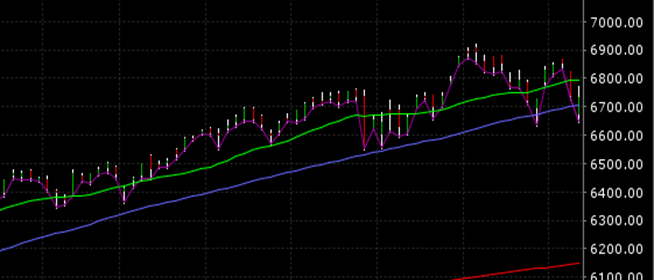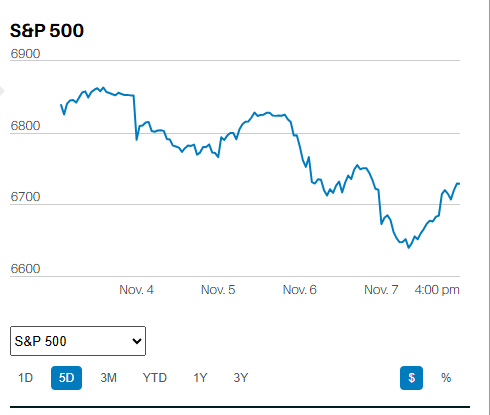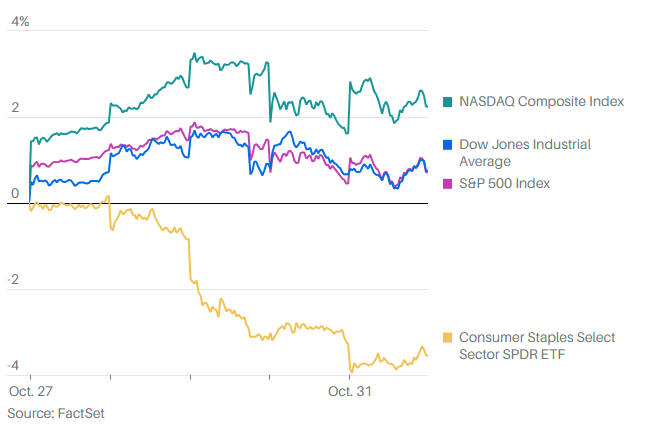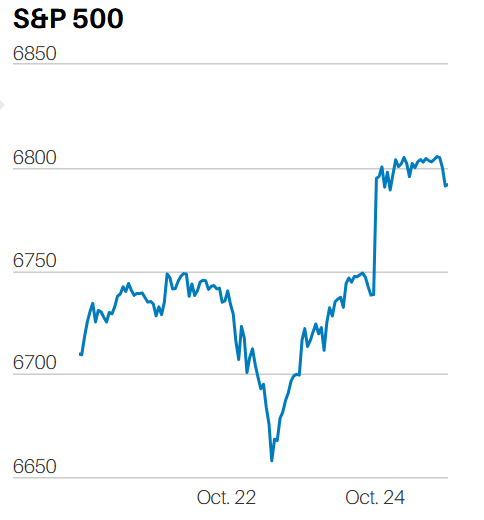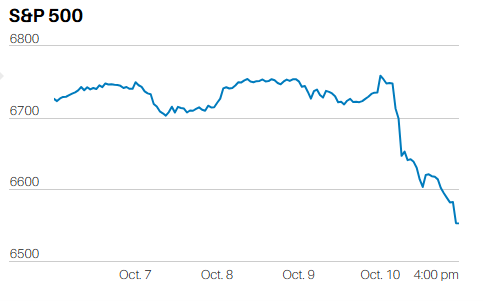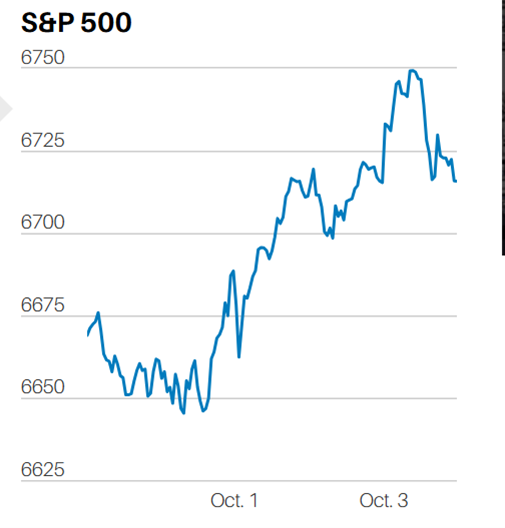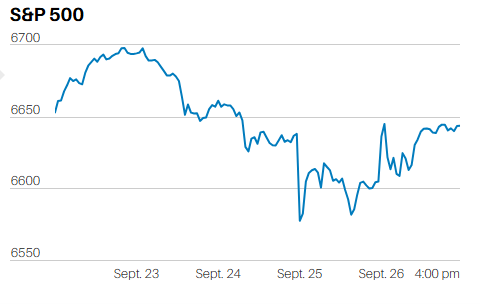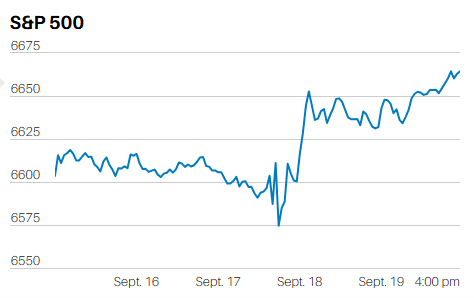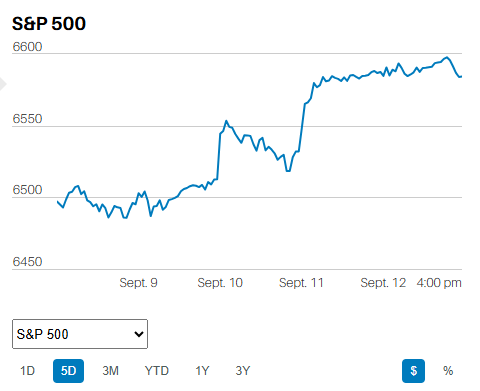Most people do it wrong most of the time… including the professionals. Now you might have already guessed from the title of the article that I am not referring to cooking, gardening, or even your favorite indoor sport (mind out of the gutter please… for me I was thinking of killing Zombies with my daughter on Xbox). Rather, I am referring to investing, and in particular three aspects of investing – remaining diversified, minimizing costs, and buying assets cheaply. Today is about minimizing costs (see “International Diversification Works!” written back in April if you want an introduction to behavioral finance and the tricks we play on ourselves when it comes to inadvertently and often dangerously concentrating our investments). Valuing stocks is for another day…
But before I shift to detailing the wonderful benefits of low-cost investing, let me make note of some feedback I’ve gotten about a couple of my recent articles on the economy and capital markets.
I’ve heard from a number of you that I am too bearish on stocks and bonds, worry too much about losing money, and generally don’t understand that the current environment is different from past periods of excess. After all, this time the Federal Reserve and the other Central Banks around the world are working magic with quantitative easing. Equity markets can’t fall and interest rates can’t rise as long as central banks are committed to flooding the world with liquidity (Hey pay no attention to that 10-year Treasury rate. Well okay it HAS moved from a low of around 1.4% to 2.8%, but surely the Federal Reserve is okay with the better than doubling in rates, or wouldn’t they have done something about it by now?)
Those of you who are blindly putting their faith in the academic bureaucrats who are experimenting with monetary policy might prove right in the end. Perhaps the world’s central banks will prevail this time… or perhaps not (my bet). But for now let’s put aside our little difference of opinion and look into the wonderful world of low-cost investing for the simple reason that reducing our investment costs should be something we can all agree on since lowering costs is tantamount to increasing return!
Cost and price, perhaps the two most important aspects of successful long-term investing, yet all too often ignored by far too many investors. Reducing investment costs is an obvious no-brainer since the increased payoff is guaranteed – reducing your costs equals increasing your return and increasing your return means an improved retirement. Who could possibly object to more money in retirement? Sadly, it is quite common for people to pay little to no attention to their investment costs, a wealth sapping oversight that can cost them dearly. A very recent personal example is indicative of how little attention many people pay to investment costs and how much those costs are… costing them.
The investor was paying his advisor 1.5% per year (or perhaps 1.3%, the investor wasn’t quite sure). The amount invested with the advisor was $1.1 million. The investments in the portfolio were costing the investor another 1% per year on average. The advisor had also sold the investor two variable annuities and at least one private REIT (nice commissions for both). The investor was paying at least 2.5% per year all-in (ignoring the commissions), or at least $27,500 per year, counting just the advisor fee and underlying investment expenses. As an aside, it didn’t sound as if the advisor was doing much for his fee other than handing the investor’s money over to some mediocre mutual fund companies to actually invest. Yet he was nevertheless receiving around $14,300 per year (using the lower 1.3% advisor fee estimate) for his minimal efforts.
And the true cost to the investor? Conservatively, about $13,000 per year since he could have cut his expenses in half by moving into a lower cost portfolio with an advisor who charged a smaller fee (which is almost any advisor for a portfolio over $1 million). Total savings, not counting profits on the money saved over a 20 year period? Why $260,000! Now for most people that’s serious cheddar! Unbelievably, the investor chose to stay with his guy because in his own words, “I don’t make changes very often.” Hello? $260,0000!!!!!
Amazingly, I run into case after case where an investor seems inured to expenses and happily confides that, “His guy is swell and that he plays golf with me. Yep, he is really nice!”
Hello?? $260,000!!!!!! (Actually more because that money isn’t available to make money for you. It wouldn’t be at all unreasonable to assume another $100k after 20 years from investment returns).
Reducing costs increases returns net-of-fees. Increasing returns net-of-fees increases wealth, resulting in additional purchasing power in retirement. Now who can object to that?
